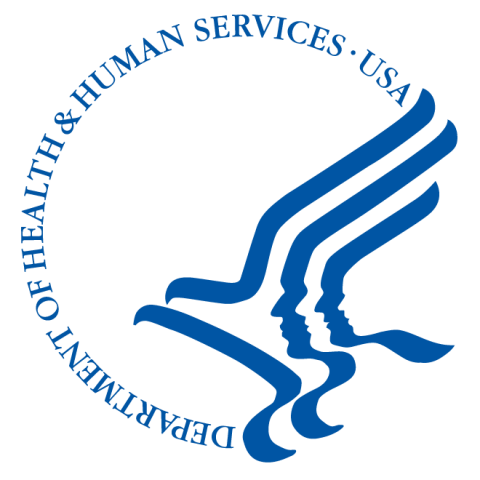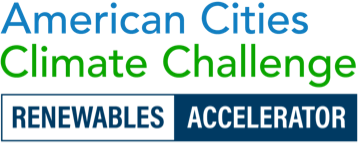Low Income Home Energy Assistance Program (LIHEAP) (American Rescue Plan Act)
Federal Agency

Sub-Department
Office of Community Services (OCS)
Purpose
To provide assistance to low-income households for home energy heating and cooling costs. These entities set program guidelines and work with local providers to implement services. These program guidelines include income limits and what services may qualify (e.g., direct bill assistance with heating and cooling, weatherization, furnace or AC replacement).
Applicant and/or Project Eligibility Requirements
Eligible projects include income limits that are set federally (must target households with incomes no greater than 150% of the federal poverty guidelines of 60% of the state median income), beyond this state grantees set program guidelines. These program guidelines include income limits and what services may qualify (e.g., direct bill assistance with heating and cooling, weatherization, furnace or AC replacement). There is also a carve-out for Tribal communities.
Decarbonization Considerations
The primary purpose of LIHEAP is to assist to low-income households in covering home heating and cooling costs. LIHEAP programs are determined by the state, but generally cover direct bill assistance for home heating and cooling costs and certain low-cost energy efficiency measures. Within this program intent, decarbonization strategies may include measures that reduce household energy consumption, including additional energy efficiency improvements, water heater or furnace replacements, or educational materials that may be developed and distributed to LIHEAP recipients.
Equity Considerations
According to federal LIHEAP guidelines, state grantees must target benefits to households with low incomes. They must cap LIHEAP income-eligibility at (1) no more than the greater of 150% of the Federal Poverty Guidelines (FPG) or 60 percent of the State Median Income; and (2) no less than 110 percent of FPG. They must also give higher benefits to households with the greatest home energy need in relation to household income and number of household members. Grantees also must target benefits to households with members who are elderly, disabled, and/or a young child. The target population of LIHEAP are households who struggle to cover home energy and cooling costs and those with large energy burdens. Beyond these guidelines, state grantees may choose to incorporate other equity metrics. Where appropriate, policymakers may consider the indoor and outdoor air quality improvements that may be associated with reduced energy usage, as well as historic levels of investment in different areas. These may be determined by fuel type, building age, renter/owner status that may contribute to the energy efficiency gap, and other factors.
Helpful Tips
See program timeline here: https://www.acf.hhs.gov/ocs/policy-guidance/liheap-grantee-deadlines
Other Notes
A 2020 HHS Report to Congress on LIHEAP may be viewed here: https://www.acf.hhs.gov/sites/default/files/documents/ocs/rpt_liheap_congressional_request_for_formula_analysis_fy2020_final.pdf A 2019 Congressional Research Service report on the LIHEAP formula may be viewed here: https://fas.org/sgp/crs/misc/RL33275.pdf
